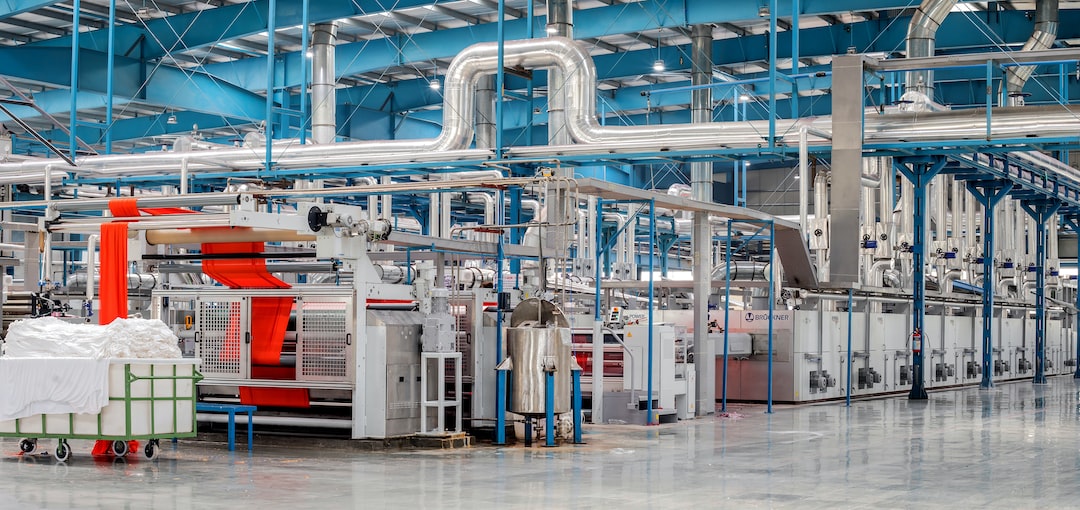The manufacturing industry has come a long way since the first assembly line was introduced by Henry Ford in the early 20th century. Advancements in technology have played a significant role in transforming the way products are manufactured, and one of the latest innovations that is revolutionizing the industry is virtual reality (VR) and augmented reality (AR).
Virtual reality is a computer-generated simulation of a three-dimensional environment that can be interacted with using specialized electronic devices such as headsets and gloves. On the other hand, augmented reality is an enhanced version of reality created by the use of technology to overlay digital information, images, or videos onto the real world.
Both VR and AR have multiple applications in the manufacturing sector, improving various aspects of the production process. Let’s explore the role of these technologies in manufacturing.
1. Design and Prototyping: VR and AR are incredibly useful tools for designers and engineers during the design and prototyping phase. VR enables designers to create virtual prototypes of products, giving them the ability to explore and assess different design ideas without the need for physical prototypes. This significantly reduces costs and speeds up the product development process. AR, on the other hand, allows designers to overlay virtual models onto the physical world, giving them a real-time understanding of how the final product will look and function.
2. Training and Education: VR and AR are proving to be valuable tools for training and educating the workforce in the manufacturing industry. VR simulations can recreate complex manufacturing processes, enabling employees to learn and practice their skills in a safe and controlled environment. Similarly, AR can provide real-time guidance and instructions to workers, enhancing their efficiency and reducing errors. This technology also allows remote experts to provide assistance and training to employees, regardless of their geographical location.
3. Maintenance and Repairs: VR and AR can greatly assist in the maintenance and repair of manufacturing equipment. By wearing AR glasses or using AR applications on mobile devices, technicians can access real-time data and instructions while working on machinery and equipment. This eliminates the need to consult manuals or seek help from colleagues, resulting in faster and more accurate repairs. Additionally, VR can be used to simulate maintenance procedures, allowing technicians to practice complex tasks before performing them on actual equipment.
4. Quality Control: Ensuring product quality is of utmost importance in the manufacturing industry. VR and AR can be used to inspect products and identify defects quickly. By overlaying virtual models and data onto physical objects, inspectors can compare the actual product with its virtual design, enabling them to identify discrepancies and make necessary adjustments. This significantly reduces the time and effort required for quality control, improving overall production efficiency.
5. Collaboration and Communication: VR and AR technologies facilitate better collaboration and communication within manufacturing teams. With VR, team members can come together virtually and work on the same project in real-time, regardless of their physical location. This allows for efficient exchange of ideas and reduces the need for travel. AR, on the other hand, enables workers to access real-time information and communicate with remote experts, ensuring constant support and faster decision-making.
6. Safety and Risk Assessment: Manufacturing processes often involve potentially hazardous tasks. VR and AR are instrumental in mitigating risks and improving worker safety. VR simulations can replicate dangerous scenarios, allowing workers to practice safety procedures and emergency responses without encountering any real danger. AR can provide real-time safety instructions and warnings, ensuring that workers are aware of potential risks at all times.
The role of VR and AR in manufacturing is still growing, and the potential for innovation and improvement is endless. As these technologies become more advanced and accessible, manufacturers are likely to experience significant advancements in productivity, efficiency, and overall operational performance. Embracing VR and AR in the manufacturing industry is not a choice anymore; it is a necessity to stay competitive in today’s rapidly evolving technological landscape.
